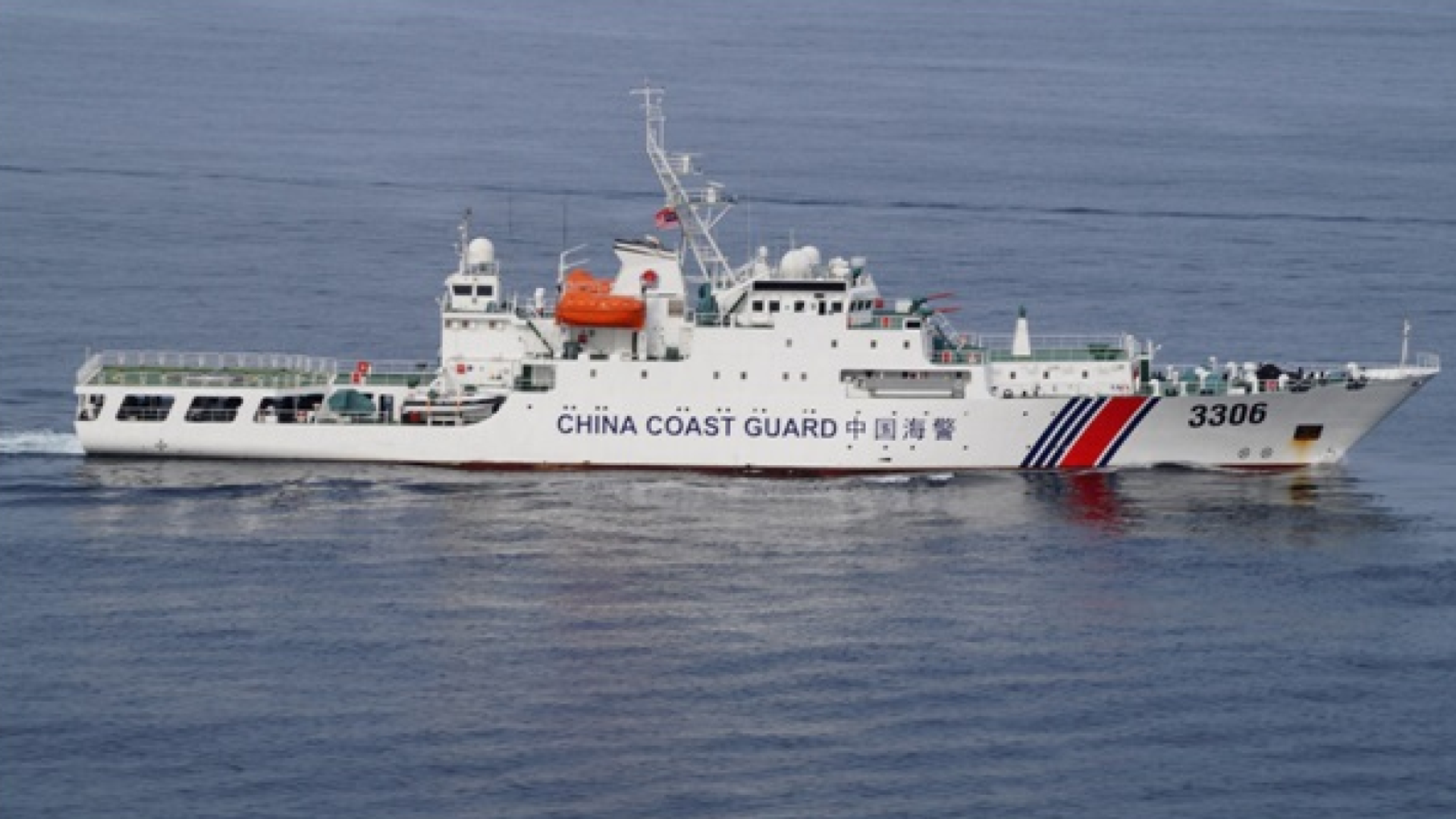New Chinese Law Requires Foreign Vessels to Report to Maritime Authorities When Entering Waters
19:56 GMT 31.08.2021 (Updated: 19:57 GMT 31.08.2021)
Subscribe
China has long struggled to exert control over the large parts of the South China Sea it claims, including by erecting floating radar stations and dredging the seafloor to expand the waterway’s tiny islands. However, so have several other nations, many of which claim the same islands and waters.
Foreign vessels entering Chinese territorial waters will be required to report their ship and cargo information to the country’s maritime authorities if they’re carrying hazardous cargo or pose a threat to maritime traffic safety beginning on September 1.
The new regulation is the product of revisions to the Maritime Traffic Safety Law made in April by the Standing Committee of the National People’s Congress, a legislative body that remains in session while the larger congress is not.
According to the South China Morning Post, which viewed the agency’s recent notice on the changes, affected vessels include ships carrying radioactive material, bulk oil, chemical, liquefied natural gas and other toxic and harmful substances, as well as to all submersibles, nuclear-powered vessels, or vessels “considered a threat to the country’s maritime traffic safety.”
The information they will have to supply include the vessel’s name, call sign, position, and the dangerous goods on board. Voice of America reported in April that the fine for violation is up to $47,000.
A separate provision that also enters force on Wednesday requires captains to implement “emergency response measures” if a crew member or passenger on their vessel is found or suspected of having an infectious disease that could pose a serious threat to the health of others. The law requires them to be put under quarantine and for the situation to be reported to maritime authorities, according to Xinhua News Agency.
As the new regulation would apply to China’s claimed islands in the South China Sea, many have suggested it is aimed at further solidifying their control over the islands and the waters around them. While the islands themselves are often little more than specks of land in the waterway, a nation’s territorial waters extend 12 nautical miles from shore.
Kang Lin, a deputy director of China’s National Institute for South China Sea Studies, told the SCMP the intention was to “close loopholes” that allowed civilian ships being used for military purposes to evade regulation while in Chinese waters.
“We used to put a lot of effort on the management of warships, while ignoring the supervision and management of civilian commercial ships which are under the cover of civilian commercial use, but in fact engaging in militarised intelligence collection,” Kang said.
In April, Chinese fishermen found a small solar-powered drone vessel packed with antennae and surveillance equipment, which China Central Television described as “a reconnaissance device secretly placed by a foreign country in China’s waters.” The three-meter-long device was not publicly identified, but SCMP noted at the time that many on social media believed it looked very similar to a device built by Liquid Robotics, a subsidiary of American defense contracting giant Boeing.
The law would also affect the Taiwan Strait, which China claims as internal waters because it also claims Taiwan itself as part of China, regarding the government in Taipei as a rebel movement. Taipei Times claimed on Tuesday the regulation is a “ticking time bomb” for conflict in the South China Sea, but said it was likely to have little effect on the strait, as the United Nations Convention on the Law of the Sea regards it as an international strait through which “continuous and expeditious” passage is guaranteed.
A total of 8,923 Vietnamese fishing vessels with 75,970 tracking points were recorded by the AIS in the whole #SouthChinaSea in June 2021. pic.twitter.com/wDzOOrPHAm
— SCS Probing Initiative (@SCS_PI) July 3, 2021
China has disputes with Taiwan in the South China Sea as well, including over both Pratas Island and Taiping Island, although Vietnam and the Philippines also claim Taiping for themselves. China’s claims in the South China Sea overlap several other nations, including those three, as well as Malaysia and Brunei.
Fishing boats, oceanography vessels and petroleum exploration vessels from the many nations often cross into other nations’ claimed parts of the waterway, resulting in frequent warnings and showdowns between the two sides. The most egregious are the “freedom of navigation operations” (FONOPS) performed by warships of the US and its allies as deliberate affronts to what it considers “excessive maritime claims” by countries such as China and Vietnam.
The most recent, on Sunday, saw a US destroyer sail through the Taiwan Strait, which China has formally protested and said in the past that it gives encouragement to separatist forces in Taipei. Another in July saw a US warship sail a few miles away from one of the Paracel Islands in the northern South China Sea.
However, while the US has attempted to provoke conflict in the region and painted China as the aggressor and a danger to other nations, Beijing’s negotiations with the Association of Southeast Asian Nations (ASEAN) toward a unified Code of Conduct for the South China Sea has slowly progressed, finalizing and important part of the document earlier this month. Once complete, the code of conduct will provide a legal framework by which to regulate such maritime interactions in the South China Sea.
In June, the heads of the Vietnamese and Chinese navies also agreed to establish a naval hotline for resolving emergencies.
Japan’s Kyodo News Agency also noted the law would cover the Japanese-controlled Senkaku Islands in the East China Sea, which Beijing calls Diaoyu.




